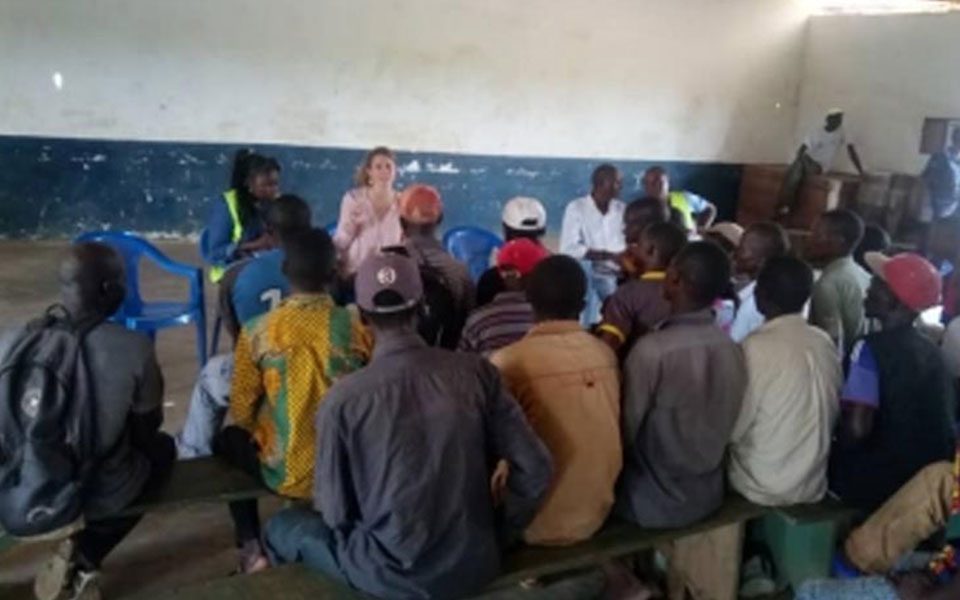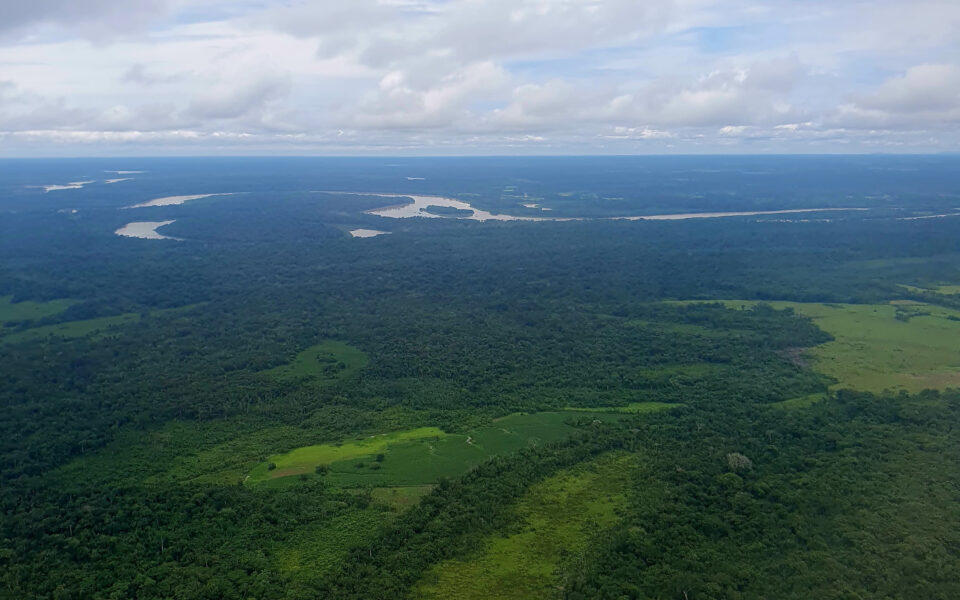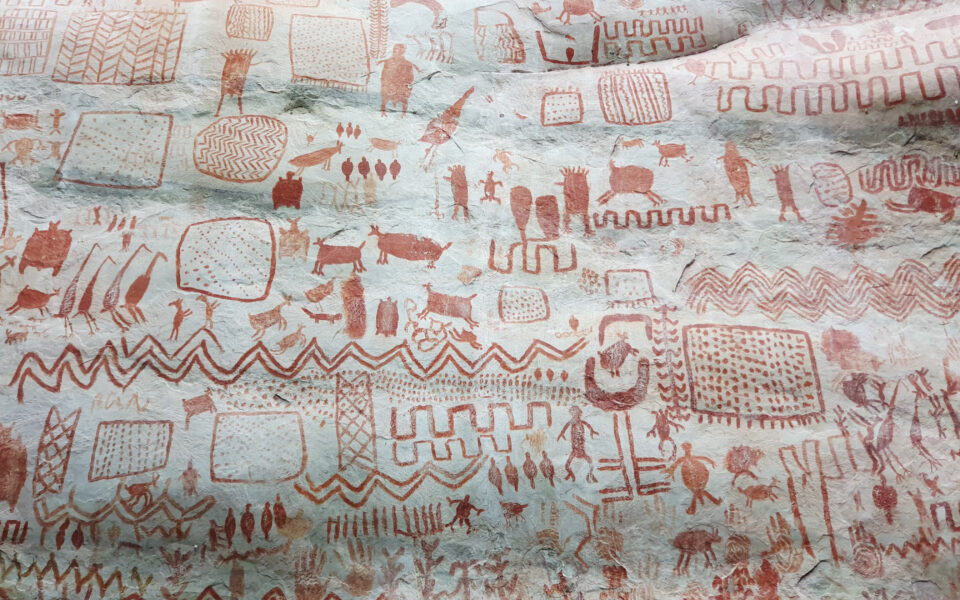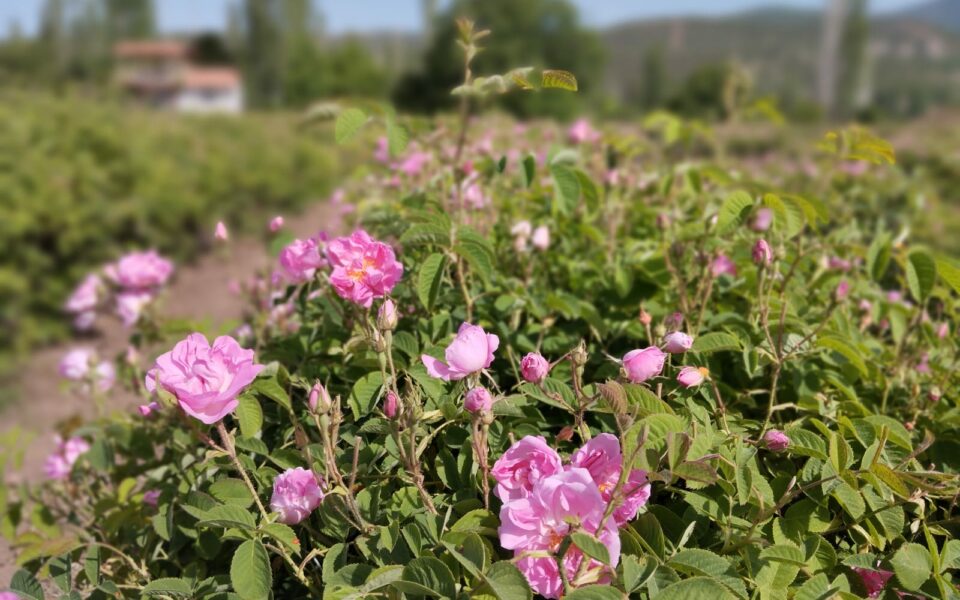News

21 April 2020
World Food Programme (WFP) in the Democratic Republic of Congo (DRC)
WFP DRC has responded to many particularly complex humanitarian crises in recent years. WFP has thus had to respond to the needs of displaced populations (e.g. conflicts in Kasai, Ituri, North Kivu) and refugees (e.g. conflicts in the Central African Republic), the Ebola crisis (in the east of the country) and the overall deterioration of malnutrition indicators in the country. In parallel, WFP has developed interventions to strengthen the resilience of small producers and enhance local value chains. As of January 2019, the total number of beneficiaries in the country over the reporting period was 11.7 million.
Led by the NGO Action Against Hunger (AAH), in partnership with SalvaTerra, the independent evaluation of WFP’s Strategic Plan targeted all projects carried out in the country between January 2017 and June 2019. The objective of the evaluation was to take stock and draw lessons from the strategy and interventions, report to contributors and make recommendations for the next Strategic Plan currently under development.
As part of this strategic evaluation, SalvaTerra was specifically responsible for analyzing issues associated with resilience programming as well as strategic positioning and operations in refugee camps. A field mission took place for 3 weeks at the end of 2019. The (confidential) report submitted to WFP provides a detailed assessment of the Strategic Plan 2017-2019 and a series of recommendations for further action.
A lire aussi...

10 Nov. 2025
Freiner la déforestation sur les fronts pionniers amazoniens
Dans le cadre de l’Évaluation au champ large (ECL) des interventions du Groupe AFD et du FFEM dans le biome amazonien, SalvaTerra et TERO ont rédigé pour l’Agence française de développement un nouveau numéro de la collection Questions de développement (QDD n°97 – octobre 2025), intitulé « Quels leviers pour freiner la déforestation sur les fronts pionniers en Amazonie ? ».

21 Oct. 2025
Évaluer 17 ans d’action française pour les forêts amazoniennes
Menée par le consortium SalvaTerra–TERO, l’Évaluation au champ large (ECL) analyse près de deux décennies d’interventions du Groupe AFD et du FFEM en faveur des forêts du biome amazonien, à travers 37 projets mis en œuvre dans huit pays. L’étude dresse un bilan inédit des approches françaises en matière de conservation, de bioéconomie et de gouvernance autochtone, et identifie les leviers pour renforcer leur impact à l’horizon 2030

14 Oct. 2025
Evaluation de conformité sociale et environnementale de la filière rose pour un sourcing durable en Turquie
En juin 2025, SalvaTerra a conduit une mission de diagnostic de la filière de la rose de Damas en Turquie et une évaluation des dernières avancées en matière de droits humains. Celle-ci a combiné une analyse documentaire approfondie, des visites de parcelles, et des rencontres avec l’ensemble des acteurs : travailleurs saisonniers, agriculteurs, collecteurs, coopératives, transformateurs, associations locales et ONG. Cette étude a permis de formuler un plan d’action pragmatique pour continuer à porter cette filière d’importance vers un modèle conciliant durabilité et éthique, en améliorant notamment les conditions de vie et de travail à l’amont et à l’aval.